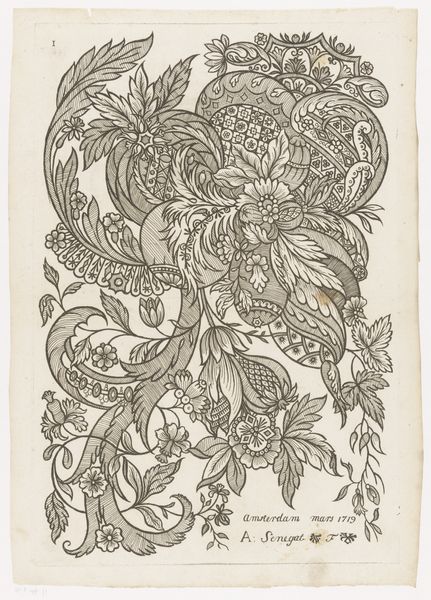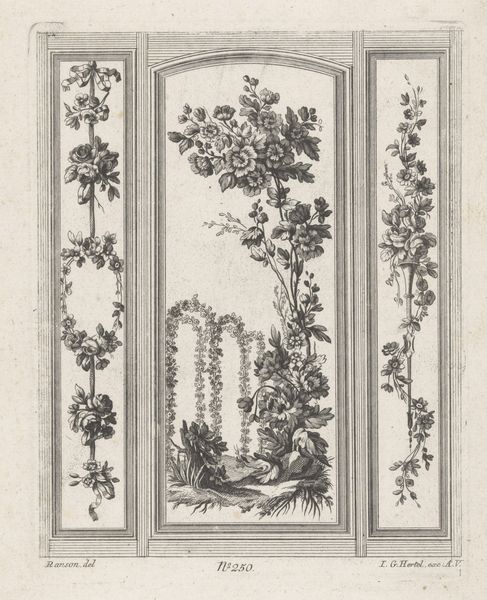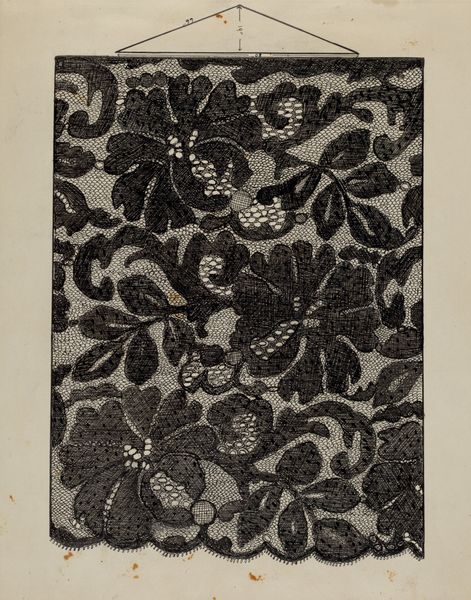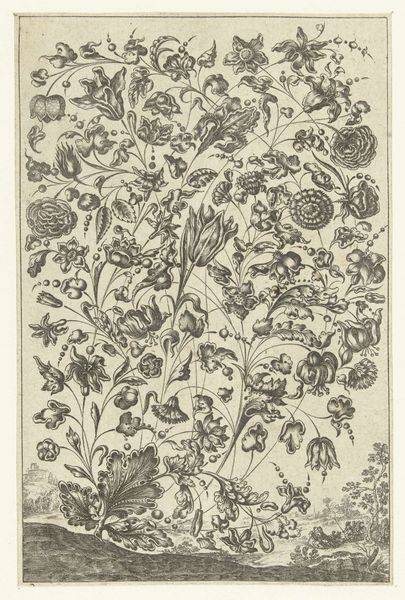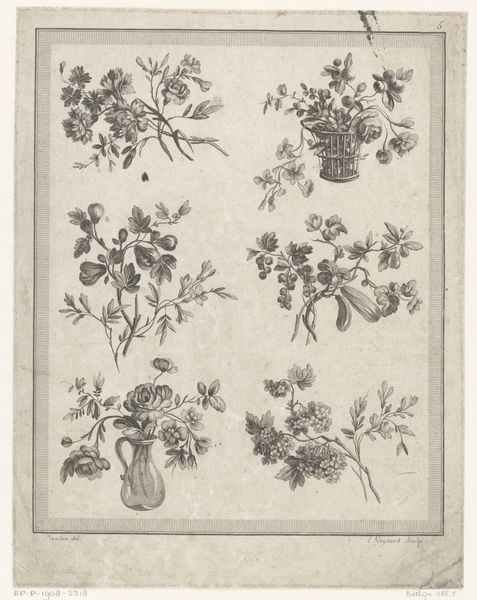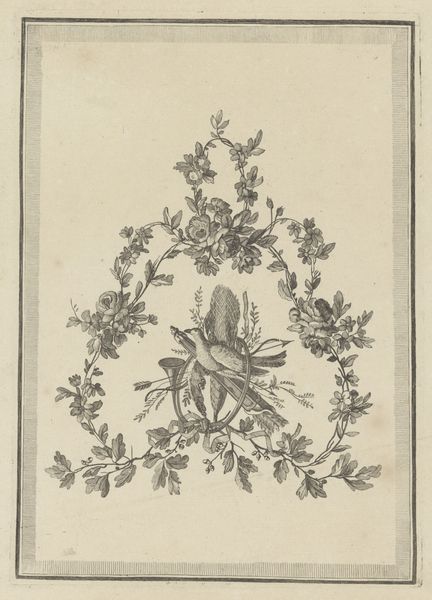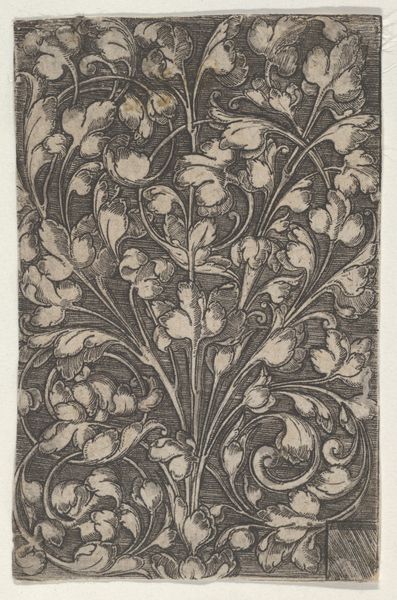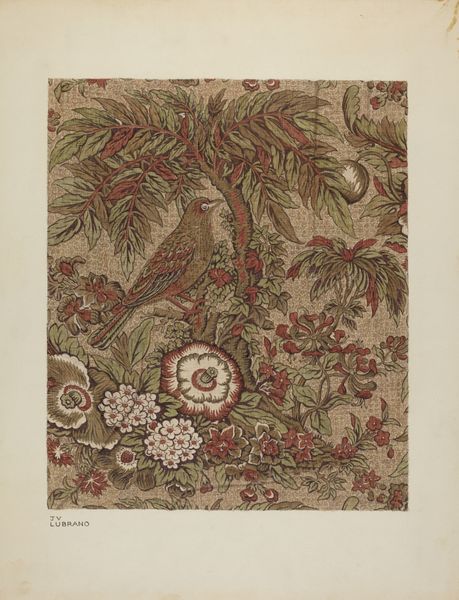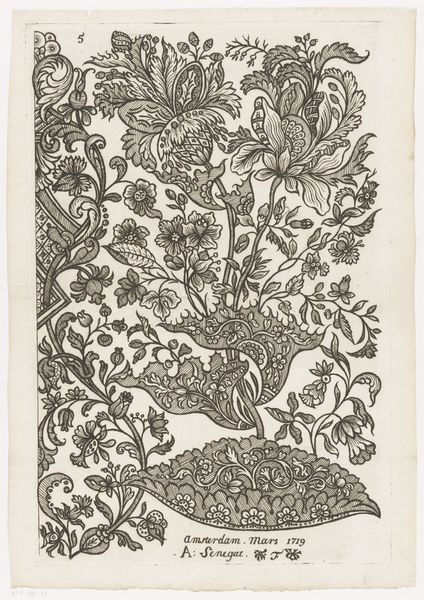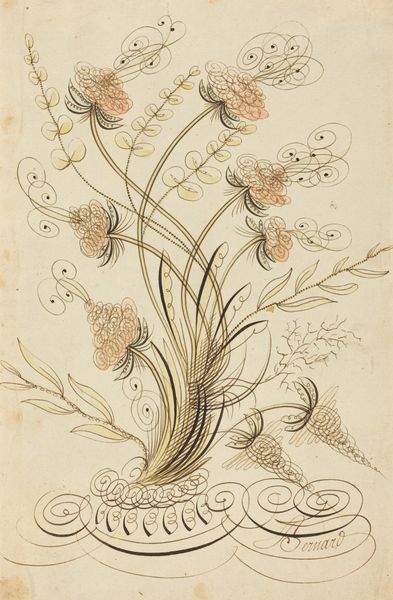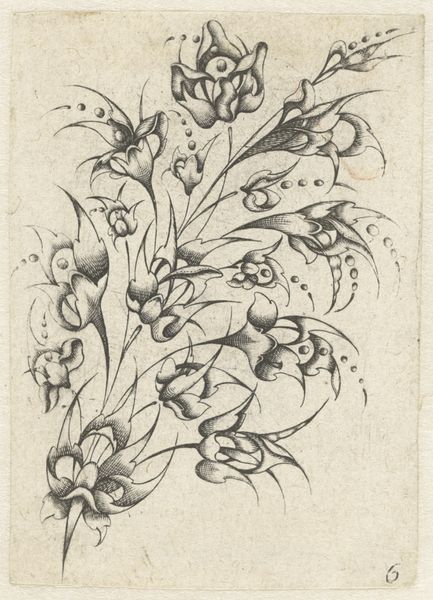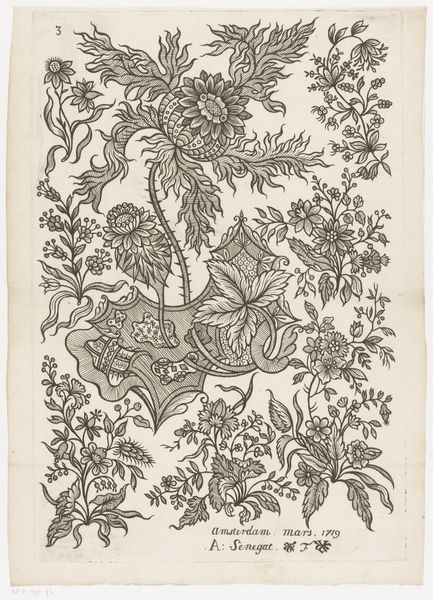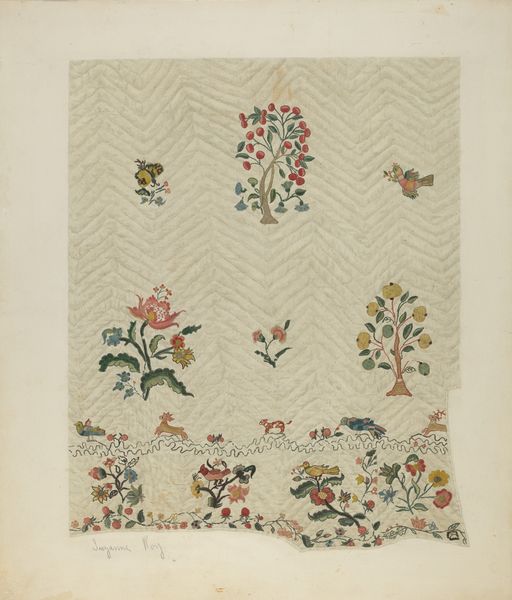
print, paper, photography
still-life-photography
16_19th-century
paper
photography
england
decorative-art
Dimensions: 18.6 × 22.8 cm (image); 18.6 × 22.5 cm (paper)
Copyright: Public Domain
Editor: Here we have William Henry Fox Talbot’s "Lace," created between 1844 and 1845. It’s a photogenic drawing on paper, and there's a striking contrast between the intricate details of the lace and the flat, almost grainy texture of the print itself. What complexities can we unpack from this particular piece? Curator: This image is far more than just a record of lace; it's a document entrenched in the socio-economic conditions of 19th-century England. Lace-making, often a source of income for women, represented both artistry and labour. Talbot, part of the landed gentry, used photography – a technology that democratized image-making – to capture an object associated with this intricate, gendered labour. Doesn’t this tension of class and gender pique your interest? Editor: Definitely. So, the act of photographing the lace is itself a statement? Curator: Precisely! Consider the Industrial Revolution; mechanization threatened traditional crafts like lace-making. Talbot’s photograph, therefore, freezes a moment in time, preserving something vulnerable to obsolescence. Moreover, early photography had a profound impact on art and society, questioning established modes of representation and access. Does this photograph empower or appropriate the labor of women creating the lace? What do you think? Editor: It's a complicated issue, isn’t it? Perhaps a bit of both. There's a level of documentation that feels respectful, but at the same time, it detaches the lace from its human origins. Curator: Exactly. And this tension is what makes it so compelling. We're left grappling with questions of authorship, technology, and the ever-shifting landscape of labour and representation. Editor: I hadn't considered it from that angle. Thanks for illuminating its multifaceted nature. Curator: It is by viewing artworks through a contextual lens of labor, class and gender we reveal their greater complexities.
Comments
No comments
Be the first to comment and join the conversation on the ultimate creative platform.
